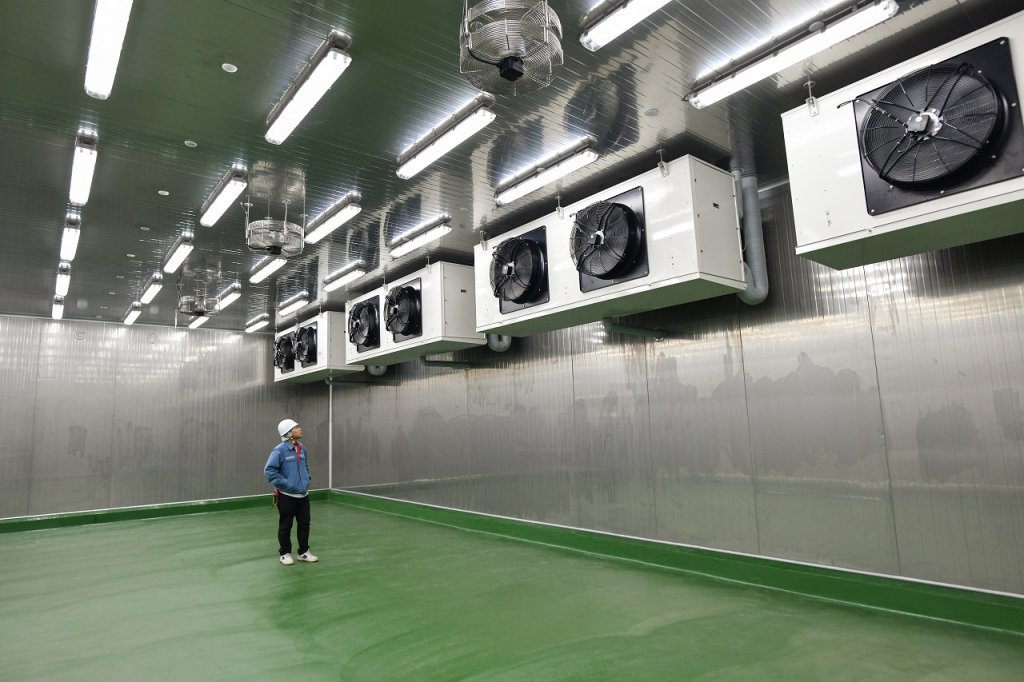A new systematic review by researchers from multiple institutions, including Oak Ridge National Laboratory, has analyzed 112 publications on the evaluation of fault behaviors and impacts in HVAC&R systems over the past 30 years. The study addresses the lack of comprehensive reviews in this area, which plays a crucial role in supporting fault detection and diagnostics (FDD), resilient system design, and maintenance planning.
The authors examined five core research questions: the objectives of fault evaluation studies, data sources used, types of systems and faults analyzed, evaluation methods and metrics applied, and current challenges and gaps. Findings reveal that although prior research has extensively addressed FDD methods and fault modeling, few studies have focused on evaluating fault behaviors and their impacts across a broad range of HVAC&R systems.
The review classifies four major research objectives: analyzing system performance, supporting resilient design and control, developing FDD techniques, and informing maintenance decisions. It also identifies three main data sources used in fault evaluation: experimental and field data, software simulations, and interview-based surveys.
Various HVAC&R systems and fault types were reviewed, with faults categorized by occurrence stage—design, installation, and operational phases. The study highlights how different evaluation methods lead to variations in quantified fault impacts, underscoring the need for standardized assessment frameworks.
The authors summarize a general framework for evaluating fault behaviors and impacts, and propose future research directions to address existing limitations. These include improving data accessibility, enhancing evaluation methodologies, and bridging gaps between academic studies and practical applications.
“The evaluation of fault behaviors and impacts is pivotal in many research areas in HVAC&R systems,” the authors conclude. “Performing a thorough evaluation... can significantly strengthen the development and validation of various FDD approaches, resilient HVAC&R control strategies and high-performance equipment.”
Full Research
